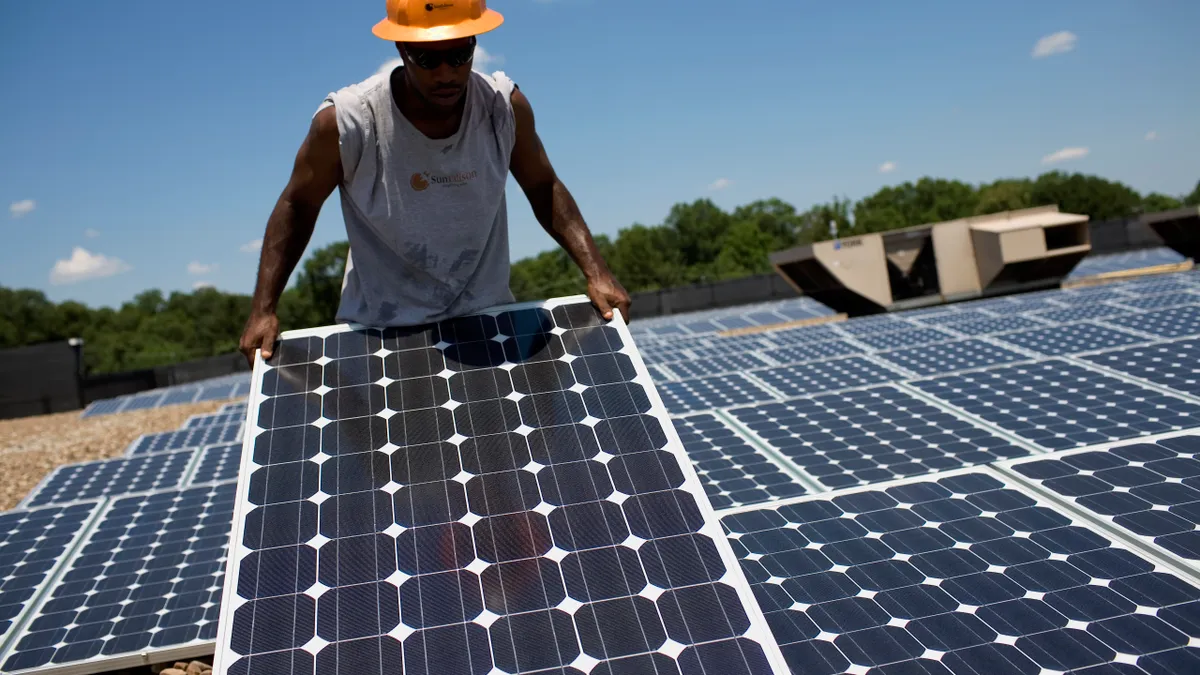Dive Brief:
- The Internal Revenue Service on Friday released a private letter ruling determining that a residential energy storage facility may qualify for federal solar tax credits if it is charged completely by an onsite solar array.
- The ruling stated that a storage facility can qualify for the 30% federal investment tax credit (ITC) only if it is charged 100% by the onsite solar. The recipient of the letter was not released.
- The ruling applies only to the individual case addressed by the IRS in its letter, but provides an indication of how the agency views residential storage's eligibility for tax credits.
Dive Insight:
The IRS issues private letter rulings, like the one released Friday, to interpret tax law based on inquiries from taxpayers. While they technically only apply to a single scenario — and cannot be used for precedent in other cases — they give an indication of how agency staff views application of tax law in a specific situation.
In this case, the questioner inquired whether a residential storage facility added to a home that already had a solar array could qualify for the 30% ITC for solar energy. The IRS ruled that it can, but only if it is completely charged with solar energy from that onsite array.
In Section 25(d) of the federal tax code, Congress specified that a solar water heater may qualify for the ITC when at least 50% of the power it uses comes from the sun, the IRS noted. No such language exists for energy storage in the code, however, leading the agency to conclude that all of a battery's power must come from the sun to make it eligible.
"Congress expects the energy used by a 'qualified solar electric property expenditure' to be derived solely from the sun," the ruling reads. "Accordingly, 100% of the energy used by the Battery must be derived from the sun. If this is not the case, the Battery does not meet the definition of 'qualified solar electric property' in the Code."
The ruling applies to a storage systems installed the year after a solar array is deployed on a home. Earlier installation of a qualifying storage facility, however, would "not affect the availability of the credit for qualifying property in later years," the IRS wrote.
The IRS's interpretation of residential energy storage eligibility in this case differs from its rules for larger, utility-scale storage. Those facilities must be charged at least 75% by solar energy to qualify for the ITC, and the value of the credit depends on how how much of their electricity comes from the sun.
"For example, a system charged by renewable energy 80% of the time is eligible for the 30% ITC multiplied by 80%, which equals a 24% ITC instead of 30%," researchers from the National Renewable Energy Lab wrote in an explainer.
If the IRS replicates this interpretation of tax law in subsequent scenarios, it could significantly increase the market for energy storage retrofits. Until more cases are decided or the agency releases a formal guidance on residential storage eligibility, it will be up to individual investors to gauge the risks of tax credit qualification when installing new batteries.













